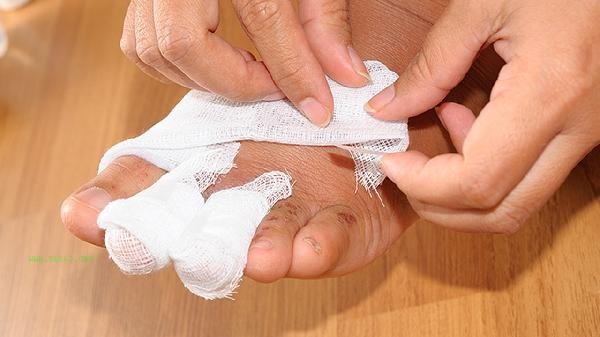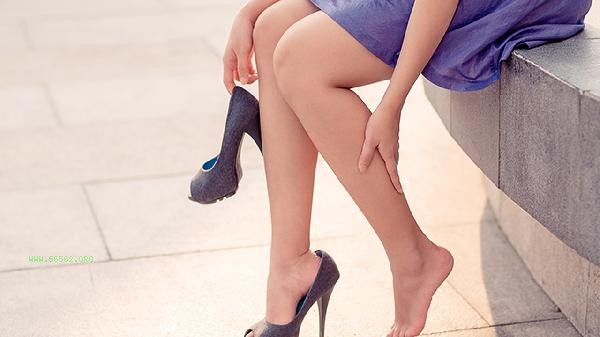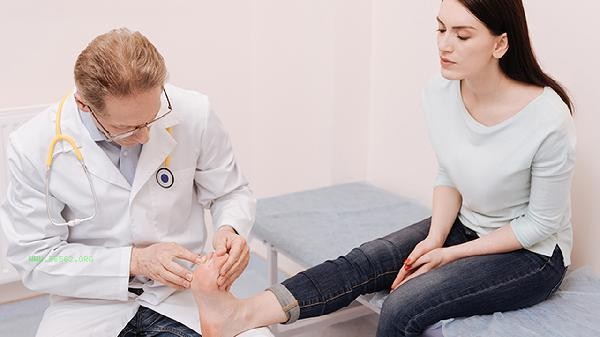The key to non stick tile flooring after mopping lies in the selection of cleaning agents, mopping methods, and floor drying treatment. The main methods include using neutral cleaning agents, mopping with hot water, wiping dry in a timely manner, regularly waxing, and replacing mops.

1. Using neutral cleaner
The alkaline cleaner residue from ceramic tiles will undergo saponification reaction with the sebum on the soles of the feet, resulting in a sticky feeling. It is recommended to choose ceramic tile cleaning agents with neutral pH values and avoid using strong alkaline products such as dishwashing detergent or laundry detergent. When cleaning, a small amount of white vinegar can be added to help dissolve scale, but the amount should be controlled to avoid corroding the ceramic tile glaze.
2. Hot water mopping
Hot water at around 50 degrees Celsius can better dissolve oil stains on the floor, especially suitable for areas with heavy oil stains such as kitchens. High temperature can accelerate water evaporation and reduce the duration of wet ground. Please note that hot water is not allowed for natural stone tiles, as excessive temperature differences can cause tile cracking.
3. Wipe the floor in a timely manner.
Immediately wipe the floor with a dry mop or fish scale cloth to prevent water stains from dissolving and dust from reattaching when they naturally dry. For large areas covered with tiles, it is recommended to clean them in sections and immediately dry each one to prevent moisture retention.

4. Regular waxing
Using tile wax for monthly maintenance can form a hydrophobic protective layer, reducing the penetration of stains. It is advisable to choose water-based tile wax. Before construction, the floor should be thoroughly cleaned, and after waxing, it should be left to stand for 2 hours before polishing. Note that the surface of anti slip tiles should not be waxed to avoid affecting their anti slip performance.
5. Replace the mop.
An old mop with fallen fibers will leave behind flocculent material, causing it to become sticky. It is recommended to use ultra-fine fiber mop or flat mop, and after cleaning, the mop head should be removed to air dry. The rotating mop should have its mop tray replaced regularly to prevent mold and mucus buildup in the bearing area.

To keep the tile floor dry, it is necessary to establish daily cleaning standards. It is recommended to thoroughly clean once a week and maintain it daily with an electrostatic precipitator mop. During the rainy season, the dehumidifier can be turned on to control indoor humidity and avoid condensation of water vapor. Pay special attention to the anti mold treatment at the joints of kitchen and bathroom tiles, and repair the aging of the sealant in a timely manner. When a house that has not been inhabited for a long time is put back into use, it is recommended to first wipe the entire area with baking soda solution to remove the oxide layer.








Comments (0)
Leave a Comment
No comments yet
Be the first to share your thoughts!